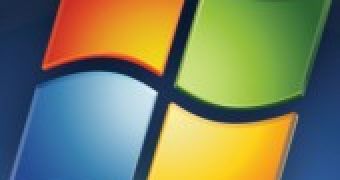Windows everywhere. This is the promise that Steve Ballmer, Microsoft’s Chief Executive Officer made during the opening keynote address at the 2011 International Consumer Electronics Show (CES 2011) in Las Vegas at the start of January 2011. More specifically, Ballmer said: “Whatever device you use, now or in the future, Windows will be there.”
I noted at the time that this represented a big step forward in terms of the software giant’s ambitions for its operating system from the Bill Gates’ legendary “a copy of Windows on every computer and on every desk.”
It turns out that a better phrasing of the Redmond company’s new Windows mantra would be Windows 8 everywhere.
According to Winsupersite, Microsoft is using the Windows Everywhere label internally to refer to its strategy to have the Windows client at the core of both traditional and next generation form factors.
And of course, this will start with Windows 8. Especially since the early demonstration of Windows 8 at CES 2011 involved support for System on a Chip (SoC) architectures, focusing on ARM-based systems.
Starting with the next major iteration, consumers should expect to see Windows on more and more devices than ever before.
In a sense, one of the software giant’s moves related to labeling existing Windows releases make sense from a new perspective to me.
Following the release of Windows Vista and the advent of Windows 7, Microsoft started slapping “7” onto a range of platform flavors.
There’s Windows Embedded Standard 7, Windows Phone 7, Windows Embedded Compact 7, Windows Embedded POSReady 7, Windows Embedded Automotive 7, well, you get the idea.
Some of these platforms are closely related to Windows 7, such as Windows Embedded Standard 7, others less so such as Windows Embedded Compact 7.
I simply cannot stop but wonder whether the moniker examples mentioned above for current Windows releases are a preview of the branding strategy that users will see with Windows 8 and all of its spin-offs.

 14 DAY TRIAL //
14 DAY TRIAL //